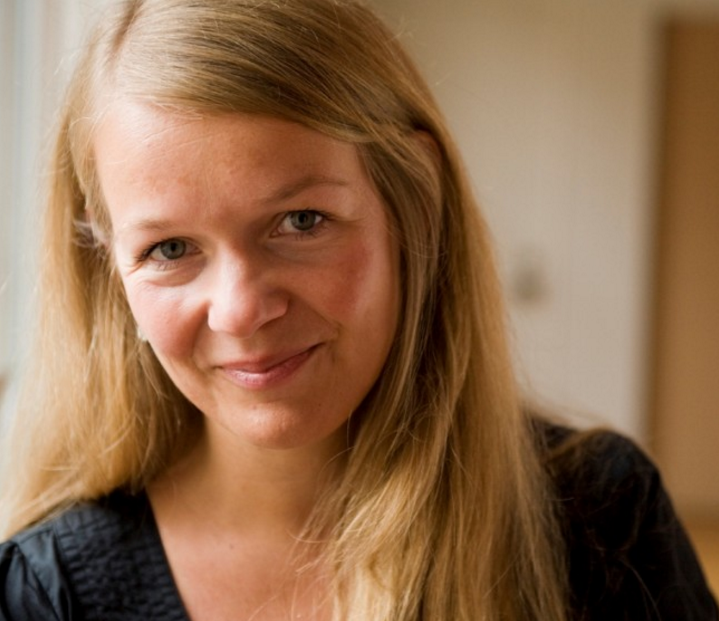Lower renewable energy costs are giving investors of private capital an edge over governments in backing climate finance projects, a report by the Climate Policy Initiative shows.
The report, titled Global Landscape of Climate Finance 2017, reveals that while climate finance projects absorbed around US$14 billion in official development assistance from governments in 2015 and 2016, private finance averaged capital flows of US$270 billion during the same period as the price of solar technology fell and environmental policies begin to attract more private investors.

Barbara Buchner, executive director for climate finance at the Climate Policy Initiative, led the initiative’s latest report into investments in climate finance
Central to its findings are “a wide range of public and private finance actors [that] are aiming to take advantage of the strong political signal delivered by the Paris Agreement”. Among these, multilateral development finance institutions (DFIs) are shown in the report to be closer than their national counterparts to reaching their stipulated targets for 2020.
Institutional investors accounted for US$2 billion of investment over the two-year period, followed closely by combined investment of about US$1 billion across private equity, venture capital and infrastructure funds. The overall rise in private finance represents a sharp increase of 23 percent on the years 2013 and 2014. The report adds however that investment peaked at US$299 billion 2015 due concentrated investment in rooftop solar panels across key markets including the US, China and Japan.
Overall, development finance institutions were shown to have invested around US$124 billion in climate-compatible project each year. They currently account for around 89 percent of total public finance mobilised towards climate finance. National development finance institutions meanwhile made more commitments to new projects than at any time in the last three years, though in some cases they have been forced to scale back operations in emerging economies by as much as 50 percent, due to currency devaluations and economic uncertainty.
Nanno Kleiterp, chairman of the board of directors of European Development Finance Institutions (EDFI) and contributor to the report, commented:
“The report shows we are not doing enough yet. In the coming years it is key for all DFIs to catalyse and mobilise institutional investors to finance, as their contribution is less then 1 percent of the total flows. DFIs focused on the private sector can use the new blending facilitate to mitigate the risk for institutional investors and bring their contribution at a significant level.”
Multilateral DFIs reported that the amount capital mobilised by the private sector towards climate finance increase from US$11 billion to US$15.6 billion in 2015 and 2016. New actors weighing in on clean energy investments meanwhile include the Green Climate Fund, the Asian Infrastructure Investment Bank (AIIB) and the New Development Bank. Combined, these institutions generated a total of US$2.5 billion in new investment capital in 2016.
Posted on 2 November 2017

